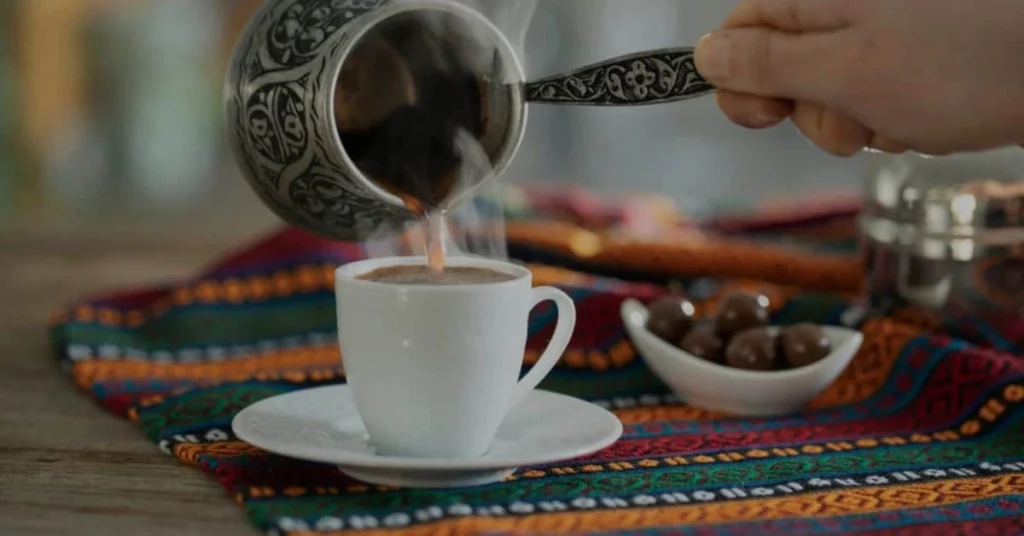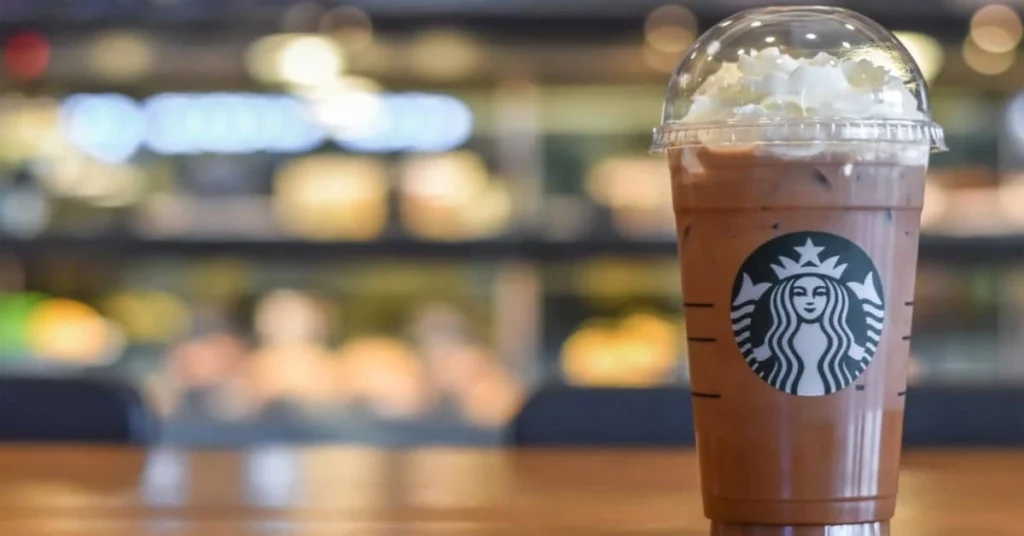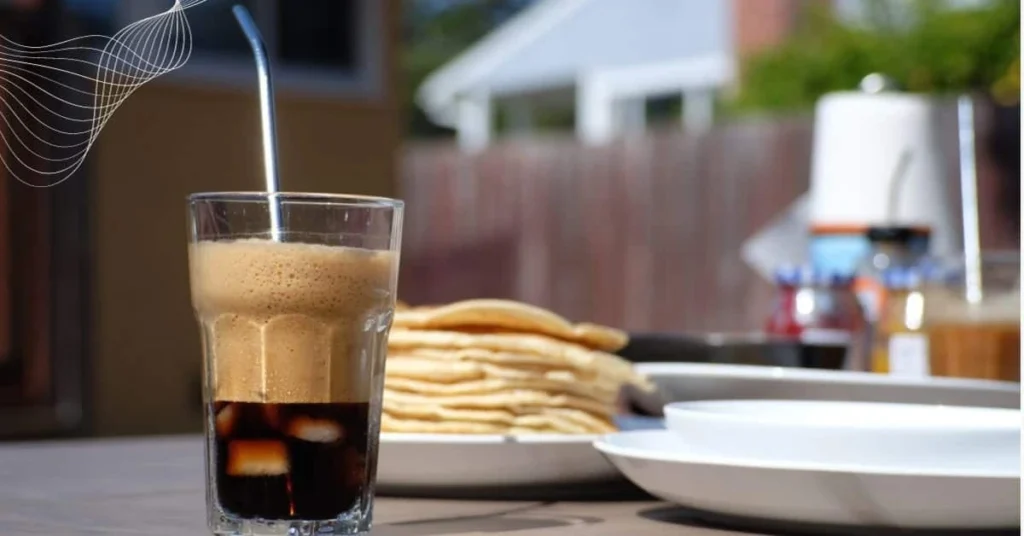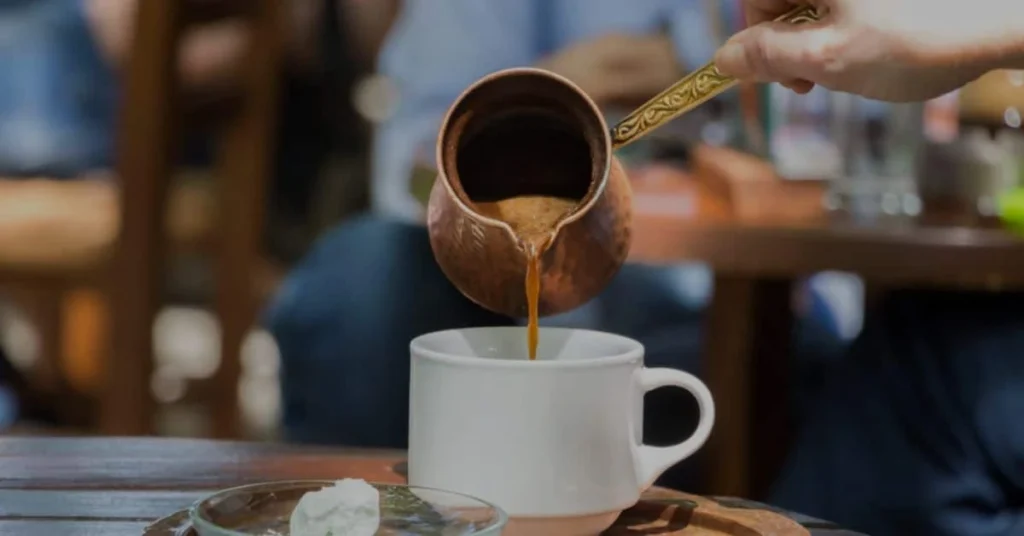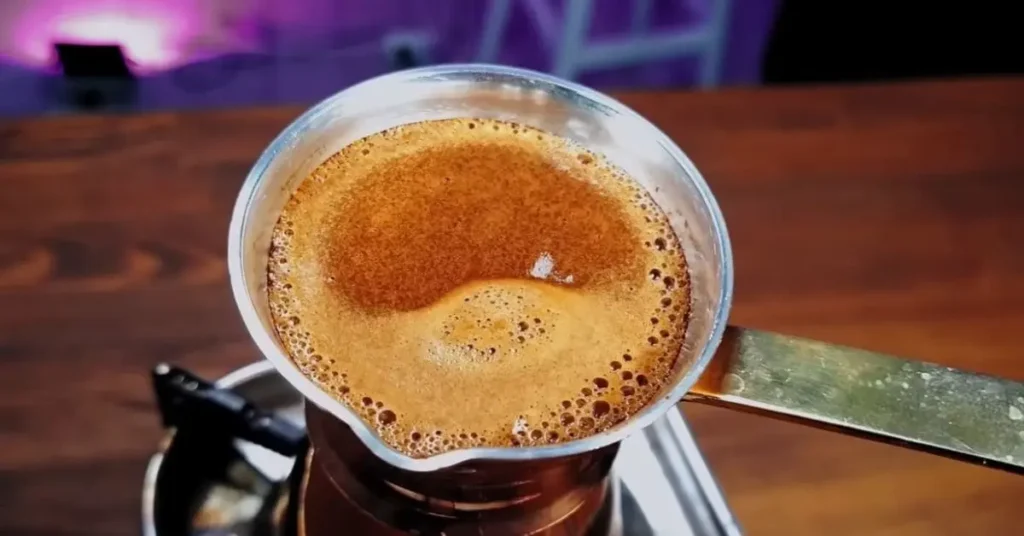For many coffee aficionados, the rich aroma and bold flavor of espresso are unbeatable. However, not everyone can handle the caffeine rush that comes with it. Luckily, decaf espresso offers a solution, allowing you to enjoy the intense flavors of espresso without the jolt of caffeine.
Brewing a perfect cup of decaf espresso is a delightful skill to acquire, and with the right techniques, you can savor this beverage just as much as its caffeinated counterpart.
What Is Decaf Espresso?
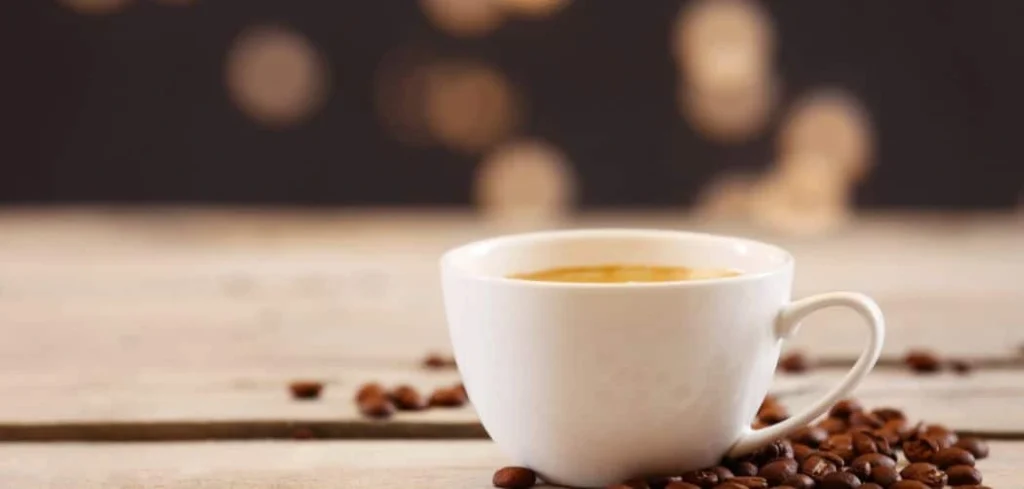
Decaf espresso, as the name suggests, is a type of espresso that has been decaffeinated to remove most of its caffeine content. While regular espresso contains high amounts of caffeine due to the brewing method involving pressure extraction, decaf espresso is processed to reduce its caffeine content to a minimal level, typically below 0.1%.
But how exactly is decaf espresso made? Let’s take a closer look.
How Is Decaf Espresso Made?
The process of decaffeinating espresso involves removing caffeine while preserving flavors and characteristics that make espresso delicious. There are several methods commonly used to decaffeinate coffee beans, and espresso beans are no exception. One popular method is the Swiss Water Process, which is often preferred by specialty coffee roasters.

Method-1: Swiss Water Process
The Swiss Water Process begins with soaking the espresso beans in hot water, which extracts the caffeine. The caffeine-containing water is then filtered through activated carbon to remove the caffeine molecules, leaving behind the flavorful compounds. This filtered solution, also known as the coffee extract, is then reintroduced to the original beans.
By immersing the beans in this caffeine-free solution, they reabsorb the flavors while the caffeine remains in the solution, ensuring a cup of decaf espresso full of flavor and aroma.
Method-2: Solvent-based Process
Another common method used for decaffeinating espresso is called the solvent-based process. In this process, espresso beans are steamed, and then a solvent like ethyl acetate or methylene chloride is used to extract the caffeine. The solvent is then removed, and the beans undergo a thorough rinsing to eliminate any remaining traces. This method is known for its efficiency in removing caffeine effectively, but it may impact the flavors to some extent.
Ultimately, the method used to make decaf espresso may vary depending on the coffee roaster and their preferences. However, regardless of the method, the goal remains the same – to create a decaf espresso that retains the complex flavors, aroma, and body associated with regular espresso.
Preparing Decaf Espresso
Preparing decaf espresso requires careful attention to detail and the right techniques to ensure a rich and flavorful cup every time.
In this guide, we will walk you through the process step by step, from choosing the right decaf coffee beans to extracting the perfect decaf espresso shot. Let’s dive in!
Choosing The Right Decaf Coffee Beans
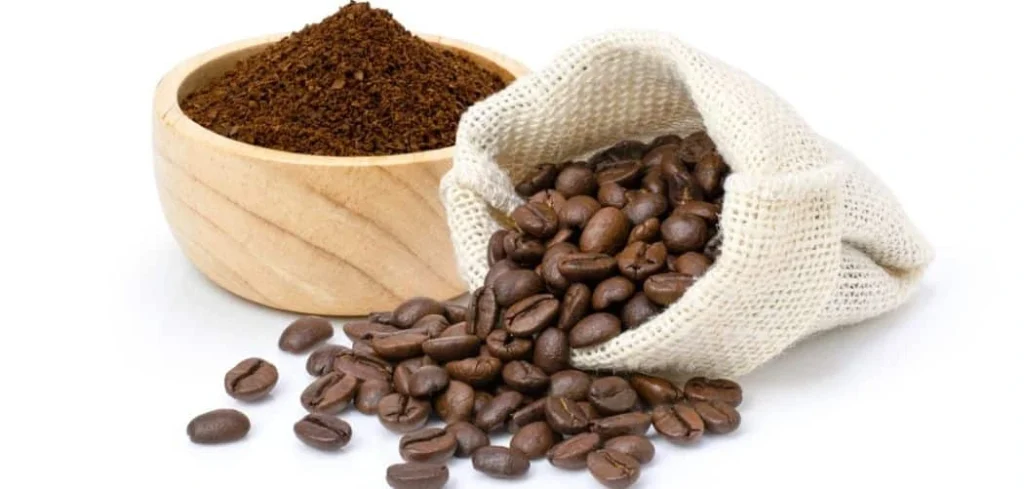
When it comes to making decaf espresso, selecting the right beans is crucial. Look for high-quality decaffeinated coffee beans that are specifically labeled for espresso. These beans are often roasted slightly darker to enhance the flavor and aroma.
Opting for single-origin beans can also provide a unique and well-rounded taste profile. Remember, the quality of your coffee beans will greatly impact the final result of your decaf espresso.
Grinding The Decaf Coffee Beans
Grinding the decaf coffee beans just before brewing is key to achieving a fresh and balanced cup of decaf espresso. Invest in a burr grinder, as it allows for a more consistent grind size. For espresso, a fine to medium-fine grind is ideal. Adjust the grinder settings accordingly and be sure to weigh out the appropriate amount of coffee, typically around 18-20 grams, to achieve the desired strength and flavor.
Tamping And Dosing

Once the decaf coffee beans are ground, it’s time to tamp and dose them properly. Tamping ensures even extraction by creating a flat and compact bed of coffee grounds in the portafilter. Use a tamper that fits the size of your portafilter, applying firm and consistent pressure. Aim for a level, evenly compressed puck. Dosing refers to the amount of coffee grounds used. Again, aim for around 18-20 grams for a standard double shot of espresso.
Using The Espresso Machine
Now that you’ve prepared the coffee puck, it’s time to use your espresso machine. Preheat the machine and flush any excess steam or moisture. Insert the portafilter securely into the group head, making sure it’s properly locked in place. Start the extraction immediately to prevent any loss of temperature.
Be mindful of the extraction time, usually around 25-30 seconds, as it affects the flavor profile. The pressure should be steady and the espresso should flow smoothly.
Recommended Read: Top 5 Best Espresso Machines Under 100
Extracting The Decaf Espresso Shot
The final step is extracting the decaf espresso shot to perfection. Keep an eye on the color and consistency of the espresso pouring into your cup. It should be a rich, dark brown color known as the “crema“.
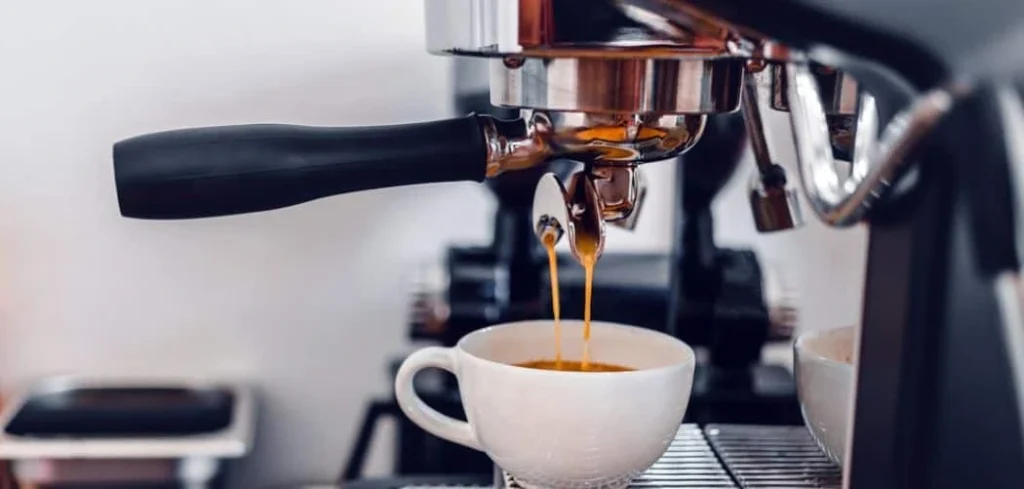
Ideally, the volume of the extracted espresso should fill the cup within the desired range. Adjust the grind size, tamp pressure, and extraction time if needed to achieve the desired taste and texture.
Voila! Your decaf espresso shot is ready to be enjoyed.
Serving And Enjoying Decaf Espresso
After going through the process of making decaf espresso, it’s time to serve and enjoy this delightful beverage. There are several ways you can enhance your decaf espresso experience, from frothing milk for decaf espresso-based drinks to creating beautiful latte art.
Additionally, you can also explore the perfect pairings of decaf espresso with desserts to truly savor the flavors. Let’s dive into these three aspects of serving and enjoying decaf espresso.
Frothing Milk For Decaf Espresso-based Drinks
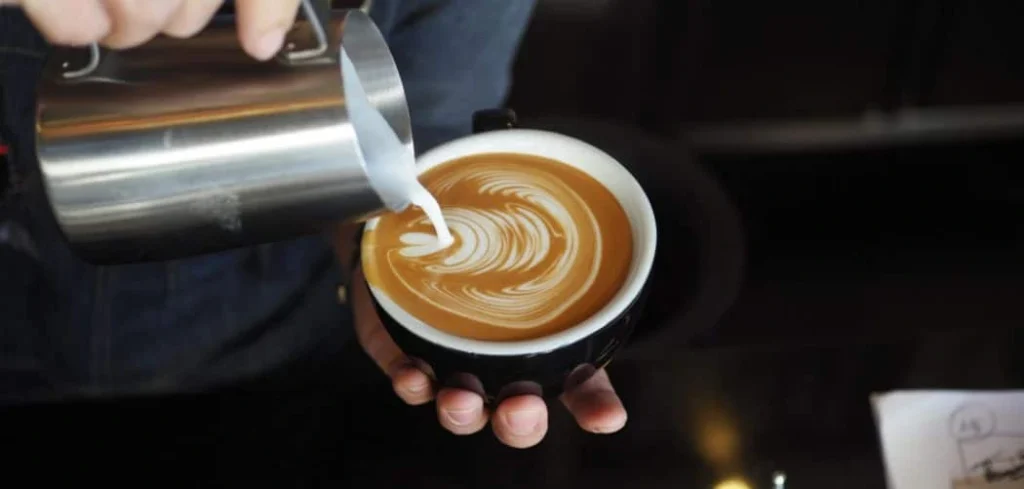
To achieve that creamy and velvety texture in your decaf espresso-based drinks, it’s essential to properly froth the milk. Here’s a step-by-step guide:
- Choose the right type of milk: Whole milk is generally preferred for frothing, as it creates a richer texture. However, you can also use skim or alternative milk options if you prefer.
- Pour the desired amount of milk into a stainless steel pitcher, ensuring it’s not more than two-thirds full to allow room for expansion.
- Place the steam wand of your espresso machine just below the surface of the milk and turn it on. Positioning the wand slightly off-center helps create a whirlpool effect.
- Keep the wand submerged and gradually lower the pitcher to allow the steam to mix and create microfoam. Aim for a smooth and glossy texture.
- Once the milk reaches the ideal temperature of approximately 150°F (65°C), turn off the steam wand and remove the pitcher from the heat source.
- Gently tap the pitcher on a flat surface to release any large bubbles and swirl the milk to achieve a uniform consistency.
Creating Latte Art With Decaf Espresso
Make your decaf espresso visually appealing by mastering the art of latte art. With a steady hand and some practice, you can add beautiful designs to your coffee creations. Here are a few tips:
- Pour your freshly brewed decaf espresso into a cup, leaving enough room for milk and foam.
- Slightly tilt the cup and slowly pour the frothed milk into the center, maintaining a steady, controlled flow.
- As the cup fills up, move the pitcher back and forth to create patterns or designs according to your creativity.
- Once you’re satisfied with your design, gently tap the cup on the counter to settle the foam and create defined layers.
- For more intricate designs, you can use additional tools like toothpicks or coffee stencils.
Pairing Decaf Espresso With Desserts

Decaf espresso can be the perfect accompaniment to a sweet treat. Here are a few dessert options to pair with your decaf espresso:
| Dessert | Description |
| Tiramisu | A classic Italian dessert with layers of coffee-soaked ladyfingers, mascarpone cheese, and cocoa powder. |
| Chocolate Cake | Indulge in a rich and decadent chocolate cake that complements the robust flavors of decaf espresso. |
| Macarons | These delicate and colorful French pastries provide a delightful combination of flavors and textures when paired with decaf espresso. |
| Biscotti | Enjoy these crunchy Italian cookies, often flavored with almonds or chocolate, as you sip on your decaf espresso. |
Feel free to experiment with other desserts and find your own perfect pairing with decaf espresso. Remember, the goal is to enhance the flavors and create a truly enjoyable experience.
Conclusion
To conclude, making decaf espresso at home is a simple and enjoyable process that can satisfy your coffee cravings without the jitters. From selecting the right beans to adjusting the grind size and brewing method, you have the power to create a delicious and caffeine-free espresso experience.
So go ahead, experiment in your kitchen and savor the rich aroma and smooth taste of decaf espresso whenever you desire.
A. I. Moon
A.I. Moon, an experienced SEO Pythonista, spends his days coding and developing web applications to help business owners. A passionate coffee enthusiast, he believes that drinking coffee fuels his creativity and productivity. His day isn't complete without the rich aroma and invigorating warmth of a perfectly brewed cup. This love for coffee inspired him to found EspressoRivo, a platform dedicated to sharing his coffee knowledge and fostering a community of passionate aficionados.
